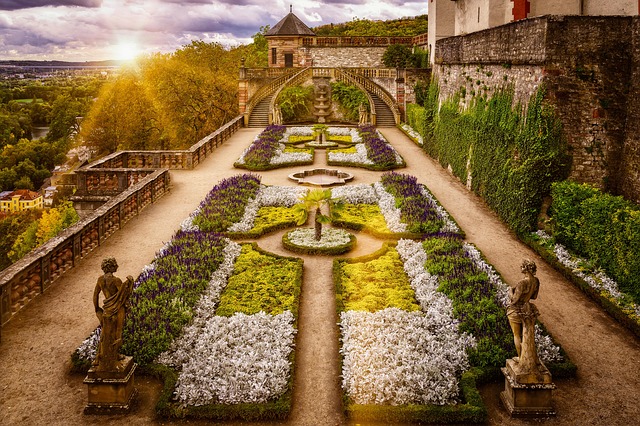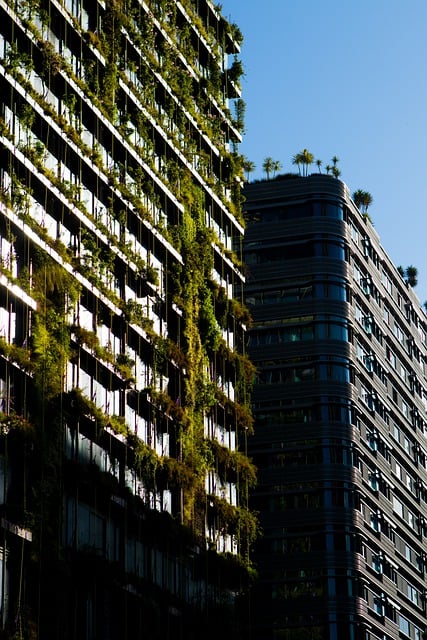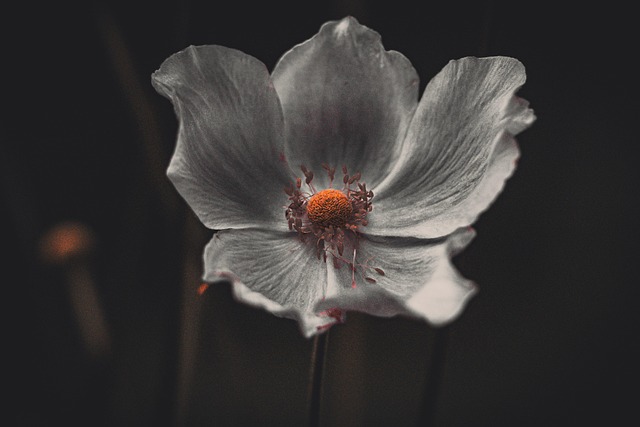Modern vertical garden design offers an innovative, aesthetically pleasing, and eco-friendly solution for urban greenery, transforming walls and structures into lush oases that promote sustainability. These designs utilize hydroponic systems and modular components for easy maintenance, making them ideal for limited spaces. By integrating nature into vertical spaces, they minimize environmental impact, combat carbon emissions, foster biodiversity, and enhance air quality. Repurposing materials and blending natural elements with technology creates stunning visuals while efficient watering systems and proper care ensure long-term thriving. Ideal for residential, commercial, or public settings, modern vertical garden design contributes to both sustainability and enhanced aesthetics.
“Discover the allure of modern vertical garden design—a harmonious blend of aesthetics and sustainability. This article explores the transformative potential of these innovative spaces, offering a comprehensive guide to their creation and care. From understanding the foundational modern vertical garden design concepts to unlocking the eco-friendly benefits and creative materials, we delve into strategies for optimal implementation and maintenance. Embrace a greener lifestyle with these breathtaking and space-efficient solutions.”
- Understanding Modern Vertical Garden Design: A Conceptual Overview
- Benefits of Sustainable Vertical Gardens: Eco-Friendly Living Spaces
- Creative Components: Materials and Techniques for Stunning Visuals
- Space Optimization: Where and How to Implement Vertical Gardens
- Maintenance and Care: Ensuring Longevity and Beauty
Understanding Modern Vertical Garden Design: A Conceptual Overview

Benefits of Sustainable Vertical Gardens: Eco-Friendly Living Spaces

Beautiful, sustainable vertical gardens are a harmonious blend of nature and urban living, offering numerous environmental benefits in addition to aesthetic appeal. By integrating greenery into vertical spaces, these modern vertical garden designs minimize the ecological footprint associated with traditional landscaping. They help reduce carbon emissions by absorbing and releasing fresh air, while also decreasing the urban heat island effect through evapotranspiration, making cities cooler and more livable.
Moreover, sustainable vertical gardens act as natural filters, absorbing pollutants and improving air quality. Their root systems trap dust and particulate matter, while plants’ leaves capture harmful chemicals, enhancing local air purity. These eco-friendly living spaces also promote biodiversity by providing habitats for birds, bees, and other beneficial insects, contributing to a balanced ecosystem within urban environments.
Creative Components: Materials and Techniques for Stunning Visuals

Vertical gardens, with their modern aesthetic and eco-friendly approach, are a beautiful solution for transforming any space into a lush oasis. In terms of materials, creators often opt for a mix of natural elements and innovative technologies to craft stunning visuals. For instance, recycled plastic bottles or metal frames can be repurposed as planters, adding an eco-conscious twist while providing ample space for plant growth. Some designers even incorporate LED lighting systems that glow through the foliage, creating a mesmerizing ambiance come nightfall.
Techniques such as modular design and hydroponics further enhance the versatility and creativity of modern vertical garden design. Modular systems allow for easy customization and expansion, making it simple to adapt the garden to different spaces and preferences. Hydroponic setups, free from soil, enable efficient water circulation and nutrient delivery straight to the plants’ roots, fostering rapid growth and vibrant colors. These innovative combinations result in breathtaking vertical gardens that not only captivate the eye but also contribute to a greener, more sustainable future.
Space Optimization: Where and How to Implement Vertical Gardens

Vertical gardens offer a unique and innovative solution for space optimization, especially in urban areas where land is limited. This modern vertical garden design can be implemented on various surfaces, from walls and fences to unused corners and narrow spaces. One of its key advantages is the ability to transform dull, concrete landscapes into vibrant green oases.
By utilizing vertical gardening techniques, you can create a diverse microclimate, providing an ideal environment for various plant species. This approach allows for efficient use of vertical space, making it perfect for urban dwellers looking to incorporate nature into their lives. Whether in residential buildings, commercial complexes, or public spaces, vertical gardens contribute to a more sustainable and aesthetically pleasing environment.
Maintenance and Care: Ensuring Longevity and Beauty

Maintenance and care are essential aspects of owning a beautiful, sustainable vertical garden. Regular cleaning and watering are non-negotiable to keep plants healthy and vibrant. A well-designed modern vertical garden should incorporate self-watering systems and drip irrigation to ensure efficient water distribution, reducing waste. Pruning is another critical task to encourage growth and maintain the garden’s aesthetic appeal.
Additionally, monitoring light exposure and providing adequate UV protection is vital for plant wellness. Regular assessment of the garden allows for prompt addressing of pest or disease issues. With proper care, vertical gardens can thrive for years, enhancing any space with their natural beauty and contributing to a greener, more sustainable environment.
Modern vertical garden design offers a beautiful and sustainable solution for limited space, transforming walls into lush oases. By understanding the key components, optimizing placement, and committing to proper care, individuals can enjoy the ecological benefits and stunning visuals these gardens provide. This green revolution in urban living not only enhances aesthetics but also contributes to a healthier planet. Embrace the concept of vertical gardens to cultivate a greener future.
